DAILY NEWSLETTER
Your daily dose of Crypto news, Prices & other updates..
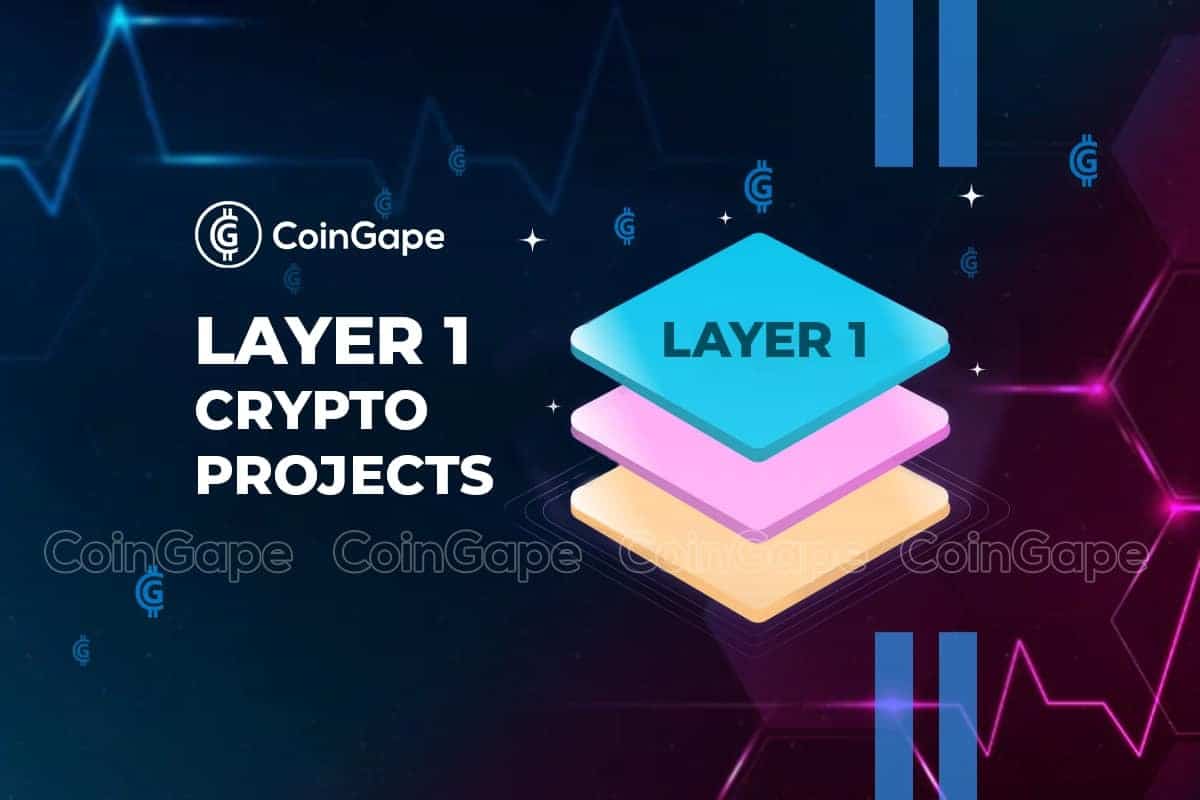
Layer 1 crypto projects serve as the foundation for the entire blockchain and cryptocurrency ecosystem. Leading with a total market cap of over $2.38 Trillion, the layer 1 solutions assist with hosting decentralized applications (dApps). Furthermore, they also ensure the security and decentralization of the blockchain. However, one must never be careless when it comes to crypto investments, considering the inherent market risks.
This article includes the top Layer 1 crypto projects in 2024. Each of these projects have shown an impressive growth trajectory over the past years and have been among the most preferred crypto investment options for the global traders.
Layer 1 crypto serves as the backbone of the industry. These solutions provide the framework for blockchain. Furthermore, they also enable scalability, security, and decentralization.
Layer 1 solutions are different from layer 2 ones that are built over existing blockchain. They often operate as independent networks. These solutions also have separate and unique consensus mechanisms and security models. This further makes them efficient in ensuring secure and transparent transaction processing in the crypto space. Layer 1, Layer. 2, and Layer 3 projects have their own nuances. While this list only focuses on Layer 1 blockchains, do check out the top Layer 2 projects.
We have selected the top 10 crypto layer 1 projects based on various factors. It includes the leading ones in the market as per the following factors:
We have weighted the project’s not just against one, but multiple indicators, thus ensuring the reliability.
The Layer 1 (L1) world has overcome the myth of not being the profit-turning machine in the crypto domain. As of 11th January 2025, top Layer 1 (L1) coins are moving in the right direction with a mind-blowing market cap of $2,680,573,125,250, which is only down by 0.47%. If we look at the 24-hour volume, $104,378,788,594, it has shown some dramatic movement. However, don’t forget to check the top gainers and top losers in this section.
$2,680,573,125,250 -0.47%
$104,378,788,594 -1.72%
Top gainers

Supra
$0.03222154
18.05%
AIOZ Network
$1.004
16.07%
Redbelly Network
$0.183552
12.14%Top losers

Zano
$15.31
-8.57%
Kujira
$0.547248
-7.71%
XION
$3
-6.95% Feature your project
Feature your project | Name | Price | 24HR Change | Market Cap | Total Volume | Circulating Supply | |
|---|---|---|---|---|---|---|

1. Bitcoin |
$94,475.0000 | -0.50% | $1.87T | $51,702,546,032 | 19.81M | Visit |

2. Ethereum |
$3,244.3400 | -1.92% | $390.90B | $22,883,439,039 | 120.49M | Visit |

3. aelf |
$0.47744500 | 4.70% | $351.79M | $15,393,288 | 736.44M | Visit |

4. Solana |
$186.9900 | -2.55% | $90.55B | $4,185,010,269 | 484.22M | Visit |

5. Toncoin |
$5.4100 | 3.57% | $13.74B | $191,195,140 | 2.54B | Visit |

6. Cardano |
$0.94020900 | -0.55% | $33.72B | $933,983,715 | 35.86B | Visit |

7. TRON |
$0.24249100 | 0.05% | $20.90B | $701,502,516 | 86.18B | Visit |

8. Stacks |
$1.51000000 | -2.38% | $2.28B | $82,405,799 | 1.51B | Visit |

9. Sei |
$0.38441000 | 0.26% | $1.62B | $88,592,129 | 4.21B | Visit |
|
10. BNB |
$693.3100 | -0.41% | $101.14B | $678,119,742 | 145.89M | Visit |

11. Cronos |
$0.14168100 | -0.45% | $3.86B | $27,369,423 | 27.21B | Visit |
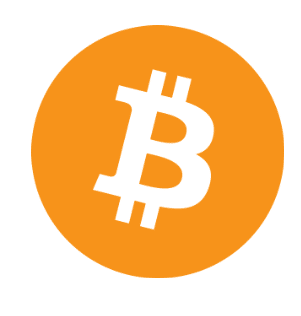
Bitcoin is the first-ever layer 1 blockchain launched in 2009. It is widely known for its stability and market dominance. It has a peak valuation of over $1.08 trillion and is the cryptocurrency with the largest market cap. Bitcoin has also experienced fluctuations, dropping below $16K and rebounding to over $45K at present. But, it has always stood resilient, with a ~110% growth over the past year.
Current prices present an amazing entry point in the market with this crypto, considering the bullish trend on arrival and the higher potential for BTC. Also, events like the SEC approving the first Bitcoin ETF and the upcoming halving event in April 2024 add to the bullish sentiment. All this makes Bitcoin a preferred choice for long-term investors.
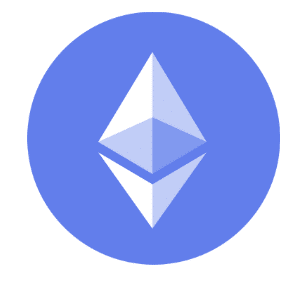
Ethereum is another premier layer 1 blockchain in the top layer 1 blockchain list for decentralized applications. It is also a go-to choice for developers in the web3 space. It faces severe competition, and its network hosts major cryptocurrencies, metaverses, and decentralized apps and exchanges from the ecosystem.
Ethereum has also shown a 67% surge in the past 12 months and is currently trading at a 40% discount from the highest rate.
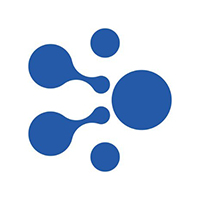
aelf is an AI-enhanced layer 1 blockchain platform, which means it offers a base layer for dApps (decentralized applications) and blockchain operations. The platform offers efficient transaction validation through DPoS, a decentralized DAO governance model. The governance model allows stakeholders to vote on system updates and modifications supporting a developer-friendly ecosystem. It offers high scalability, quick transactions, and adaptability to various application kinds. This layer 1 blockchain network features a multi-layer architecture and independent dAppChain. It has seamless and hassle-free Web 2 and Web 3 integration through Portkey Wallet.
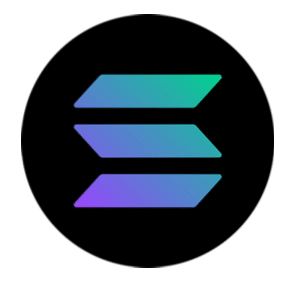
Solana, the best layer 1 crypto 2024, provides inexpensive and speedy transactions. It is a blockchain that functions effectively in many different contexts. Decentralized apps, or dApps, decentralized finance, or DeFi, and NFT enterprises can benefit from this speed. There are many different types of projects within the Solana ecosystem, ranging from gaming to finance. The Solana Foundation supports innovation by providing grants and resources to select developers. SOL, the native southeast coin, is used on the platform to pay for governance, staking, and transaction fees. Solana holds a prominent position in the cryptocurrency space thanks to its developers’ support, speed, efficiency, and—above all—support.

Toncoin or the Open Network coin is an asset that enables fast and safe settlements. The same team that developed the well-known messaging app Telegram originally developed TON, which has extremely high scalability and can process millions of transactions per second. The layers in its structure allow for the processing and storage of data. Toncoin, a new layer 1 crypto, is used in secure messaging, DeFi applications, and microtransactions. The blockchain underpins the smart contracts used by decentralized applications, or it offers tools and solutions that developers can utilize, fostering innovation.
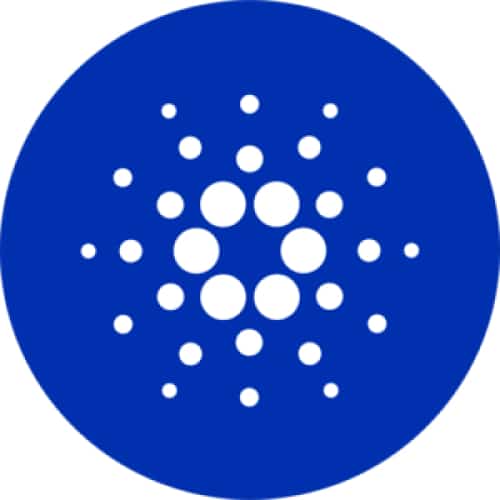
Cardano is an academic-focused blockchain with a strong emphasis on sustainability, scalability, and high security. This methodology gives Cardano’s architecture a strong research foundation that is ingrained in both the academic foundation of Cardano’s development and peer-reviewed literature. The native platform currency, ADA, is applied for payments, staking, and voting.
Cardano, best layer 1 crypto, offers an ecosystem that can be used for a number of projects, including identity platforms, social media, and DeFi. Its multi-layered structure is intended to boost modularity and keep it safe from potential intrusions by separating the layer of computations from the layer of settlements. Cardano aims to become a stable, trustworthy environment for the development of decentralized applications (dApps), with an emphasis on innovation and science combined with environmental responsibility.
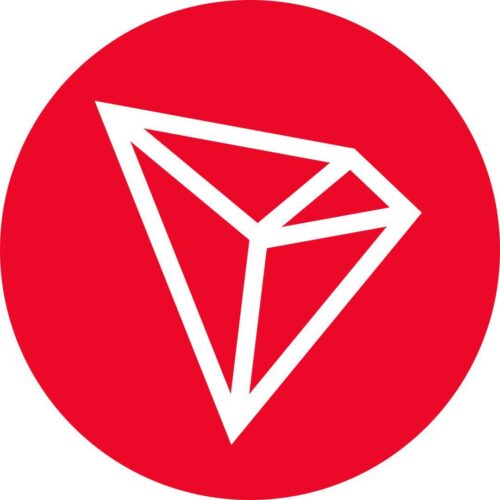
Tron is a distributed platform built on the blockchain that is used to publish and distribute different kinds of digital media content. Creators can now distribute their content directly thanks to Tron, a decentralized Internet platform developed by Justin Sun. It uses an effective blockchain to run decentralized apps (dApps) and smart contracts.
Tron, the top layer 1 crypto, utilizes TRX, its native cryptocurrency, for governance, staking, and transaction processing. The main goals of DPoS are low transaction fees for social networking and content sharing, while also making the system quick and safe. The Tron Project has a variety of projects that fit into various categories, such as DeFi and gaming. Consequently, Tron undermines the established media production industries while decentralizing content and supporting creators.
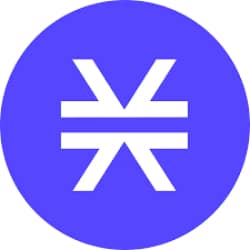
Stacks, the best layer 1 crypto, is the partner in the crime of Bitcoin. Stacks is a popular open-source network that integrates dApps and smart contracts with Bitcoin, despite being two distinct blockchain platforms. Blockstack was the original name of this project, which aimed to be a layer-1 solution with Bitcoin acting as its foundation layer. Nevertheless, it became Stacks later in 2020. Stacks’ primary unique selling point is its connection to Bitcoin, the biggest and most valuable digital asset. All Stacks layer transactions are automatically resolved on the Bitcoin L1 hash. All of Bitcoin’s hash power is used to secure stack blocks.

Sei is a rising star in the top layer 1 blockchain list. It launched its native cryptocurrency, SEI, in 2023. It is currently witnessing significant growth since its inception. Sei stands out for its capability to handle up to 20,000 transactions per second. Furthermore, it is remarkably efficient.
It has a market cap of just around $2 billion. Sei also provides an attractive entry point at present for investors seeking exposure to a high-potential layer 1 cryptocurrency.
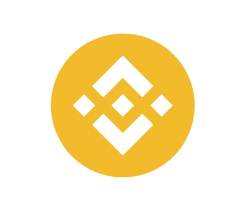
BNB is also one of the largest layer 1 cryptocurrencies by market cap. It plays a key role in supporting the Binance ecosystem. BNB facilitates smart contracts and dApps and offers a 25% discount on trading commissions on the Binance exchange.
BNB has faced a 9.8% upsurge in the past 12 months and is also trading ~48% below its ATH. However, it still never fails short while providing investors with exposure to Binance’s substantial growth. This makes it a preferred choice among layer 1 crypto projects.
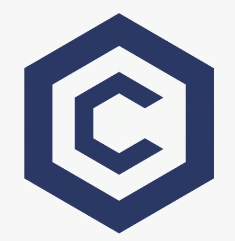
Cronos was launched in November 2021. It stands as a relatively new player in the space among layer 1 blockchains. It is affiliated with Crypto.com, and it prioritizes scalability, low transaction fees, and smart contracts. It is also one of the top crypto exchanges, positioning Cronos for potential growth in this bull season.
CRO tokens are currently trading at a 90% discount from all-time highs. This also enables the investors to gain exposure to Crypto.com’s expanding market share.
Layer 1 and Layer 2 represent distinct architectural layers within the space of blockchain technology. Each of these layers serves unique functions.
Layer 1 includes the pioneers like Bitcoin and Ethereum. It is characterized by systems built directly on the blockchain, executing transactions.
In contrast, Layer 2 is constructed atop Layer 1 to primarily enhance scalability. Layer 2 implementations, such as Arbitrum and Polygon on Ethereum, contribute to faster transaction speeds by conducting transactions independently of Layer 1. They thus effectively reduce Ethereum’s load and fortify security.
Here are some factors to be considered while choosing a crypto project to invest in:
The decision to invest in Layer 1 crypto projects should involve in-depth research and consideration of various risk factors. The unique rules, consensus mechanisms, and governance models of Layer 1 ecosystems set the stage for long-term demand. Before making investment decisions, it is essential to assess factors such as market capitalization, trading volume, use cases, tokenomics, development team competence, community support, security, transparency, and historical performance for better outcomes.
There are currently 38 Layer 1 blockchain projects.
Solana (SOL) is recognized as one of the fastest and most efficient Layers 1 blockchain, drawing attention for its potential to compete with Ethereum in market share.
The fastest Layer 1 blockchain is Tectum. It claims a speed of 1.3 millions TPS.
Layer 1 is a term that refers to blockchains that are the foundation level blockchains for the crypto ecosystem.
There are 25+ major Layer 1 blockchains, with countless chains with low volume and liquidity.
coinpress prepared a review methodology to rate crypto exchanges, tools, and apps. We curated a list of metrics to evaluate crypto platforms based on their services, user experience, security and customer support, payment gateways and charges, pricing and promotions. Visit our Review Methodology page to learn more about how we review each crypto platform.
This content is purely for educational purposes and should not be considered as financial advice. Do your own research before investing in any crypto platform and only invest the amount you can afford to lose.

DAILY NEWSLETTER
Your daily dose of Crypto news, Prices & other updates..